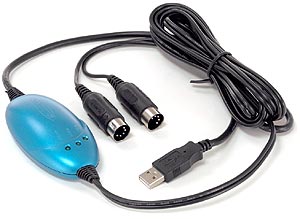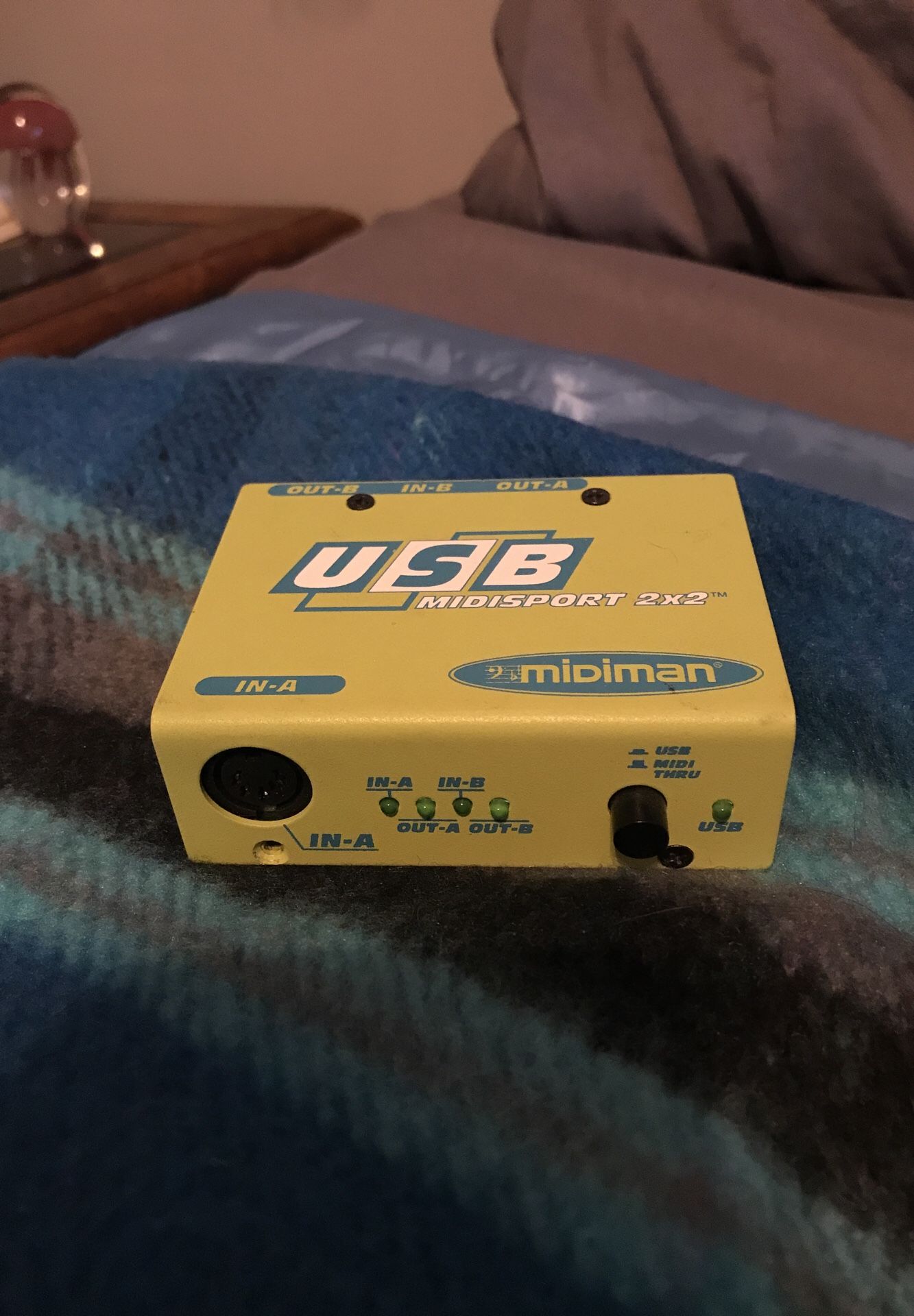
- #MIDISPORT OMS DRIVERS FOR MAC OS 8.6 UPDATE#
- #MIDISPORT OMS DRIVERS FOR MAC OS 8.6 MANUAL#
- #MIDISPORT OMS DRIVERS FOR MAC OS 8.6 PATCH#
- #MIDISPORT OMS DRIVERS FOR MAC OS 8.6 FULL#
The Mac couldn't see the Modular hardware.

Once the software was in - a trivial operation - I plugged in my Passport MIDI interface, pressed Apple‑M to configure the Editor's MIDI preferences, and. Version 3.03 only works on PowerPC machines.)
#MIDISPORT OMS DRIVERS FOR MAC OS 8.6 MANUAL#
(I had intended to use my aged Quadra 800 as the Editor platform, but a quick glance at the Nord manual put the kibosh on this. Therefore, it was with some trepidation that I loaded the Editor onto my G3/266 Powerbook running OS 9.0.4. However, the company are among the first to admit that some combinations of Modular hardware, editing software, Macintosh, Mac OS, MIDI interface, and MIDI drivers are problematic.
#MIDISPORT OMS DRIVERS FOR MAC OS 8.6 FULL#
The MicroModular offers only one DSP 'slot' compared to the full version's four, and has only three hardware control knobs, but is capable of playing exactly the same patches.Ĭlavia have completely rewritten their editing software so that it will run on both PC (Windows 95/98, and NT4) and Macs supporting Mac OS 8.6 and later.
#MIDISPORT OMS DRIVERS FOR MAC OS 8.6 UPDATE#
What's more, this isn't simply an update of the PC‑based system: it's the first to run on a Macintosh, so this is a perfect opportunity to re‑review the Modular, and see how well it has survived the transition between platforms. Now, in 2000, we have v3 (actually, v3.03) of the Nord Modular. Since then, Clavia have been zealous in updating the Modular's operating system and editing software, and they have also released a rack version and a cut‑down (in size, polyphony and cost) version called the MicroModular - see the 'Three Flavours Of Nord Modular' box. Paul Nagle was the lucky so‑and‑so to review the early version of this (see SOS April and May 1998) and he was as impressed with the early v1.1 Modular as I had been with its predecessor three years before. It did this by the simple expedient of placing the editor and all the large‑scale storage facilities on your computer, and freeing the, now considerably enhanced, DSP power for pure sound‑generating duties. and, of course, the single 'physical' model of the instrument.įortunately, Clavia are not a company to sit still and in late 1997 they released the Nord Modular, a hybrid of synthesizer and PC that eliminated most of the Nord's deficiencies.
#MIDISPORT OMS DRIVERS FOR MAC OS 8.6 PATCH#
Then there was the lack of a sequencer, the lack of external patch storage (cards came later), the lack of effects. Another was the meagre provision of 40 programmable patch memories, and yet another concerned the filter (which refused to self‑oscillate, no matter what the provocation). Then there was the lack of a screen or any editing software to illustrate the 'shift menu' controls.

If the Lead had limitations, they were obvious ones. Today, the Nord Lead's single 12MIPS 56002 looks almost as creaky as the discrete transistors it emulates, but no matter - it is still a fine machine, as are its descendants, the Nords 2 and 3. And why not? It was the first of the DSP‑driven 'physically modelled analogue' synths, and at a time when sounding like you were playing a Moog or an ARP meant that you were playing a Moog or an ARP, it was a revelation.

Those of you with complete collections of SOS will recall that I liked it a lot. Indeed, the company's first keyboard appeared in March 1995, and I was delighted to conduct the first UK review of it in Sound On Sound.

Gordon Reid tries out the latest version, along with its baby brother, the MicroModular.Ĭlavia and I go back a long way. Clavia's Nord Modular has undergone exactly this process, and its editing software has also migrated to the Mac. One of the advantages of a software‑based instrument is that it can evolve over time, as its makers add new algorithms and refinements.


 0 kommentar(er)
0 kommentar(er)
